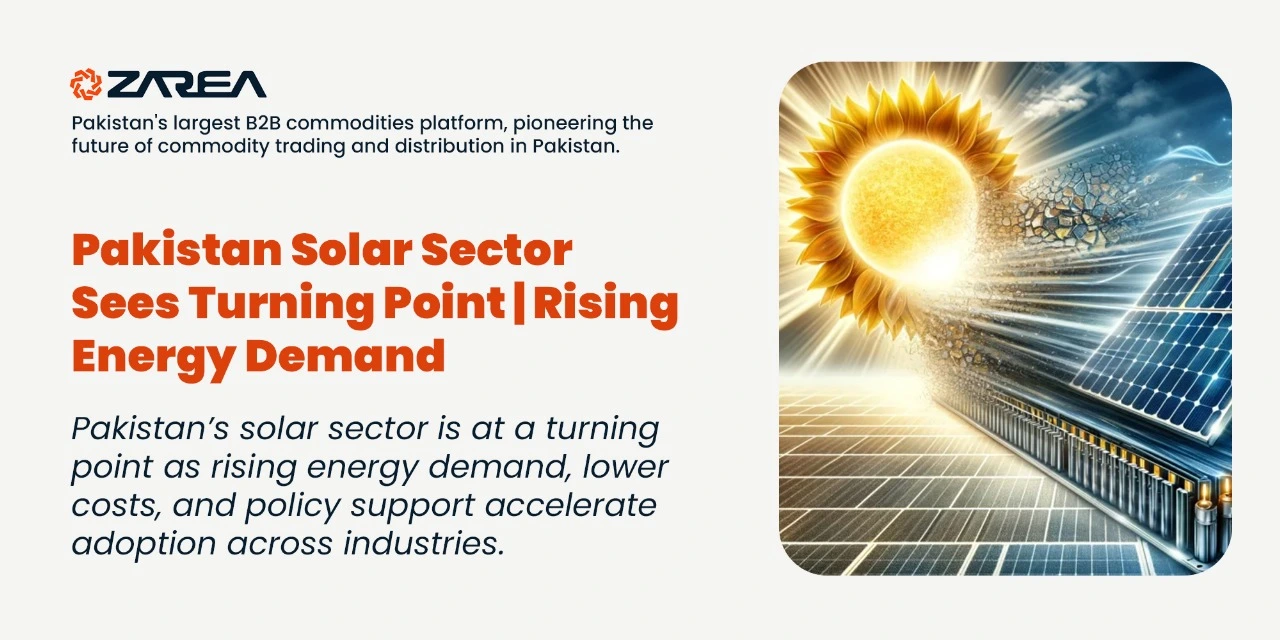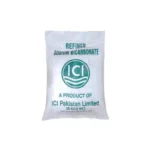Introduction – Pakistan Solar Sector:
Pakistan’s energy landscape is undergoing a critical transformation, with the solar sector emerging as a central player in addressing the country’s rising electricity demand. As conventional fuel costs soar and power shortages continue to weigh on households and industries, solar energy is increasingly being recognized as a practical, sustainable, and cost-efficient solution. Much like the recent recovery in China’s solar supply chain, Pakistan’s solar industry is also at an inflection point, driven by a mix of policy shifts, investor interest, and accelerating demand from consumers.
Energy Challenges Driving Change:
High reliance on imported fossil fuels, growing cyclical debt, and inefficiencies in generation and delivery are the hallmarks of Pakistan’s ongoing energy crises. With more than 230 million residents and quickly growing industrial demands, the nation’s power consumption is still higher than its supply.
- High fuel import bills: Global oil and LNG prices exert pressure on Pakistan’s current account and foreign exchange reserves.
- Unreliable grid supply: Frequent power outages and high tariffs push businesses and households toward alternative energy.
- Climate commitments: Pakistan, being highly vulnerable to climate change, has pledged to increase its share of renewable energy in the overall mix.
These elements have made it possible for the solar industry to grow quickly as a practical remedy.
To view product listings, make big purchases, and get the finest bargains, visit Zarea right now! It is the largest commodities marketplace in Pakistan that connects businesses to businesses (B2B). Additionally, it is setting the standard for the nation’s future trade and product distribution.
A Turning Point for Solar:
In Pakistan, the solar industry is evolving from a specialised choice for affluent people to a common energy source for companies, rural communities, and urban homes. A number of developments highlight this shift:
- Policy and Incentives: To promote wider use, the government has granted exemptions on imports of solar panels and streamlined net metering permits.
- Declining Costs: Due to global overcapacity in the production of polysilicon and panels, costs have decreased, making solar more affordable in Pakistan.
- Private Sector Investments: Businesses are making significant investments in rooftop solar power systems, industrial and agricultural hybrid energy systems, and solar farms.
- Consumer Shift: Households and SMEs are moving towards solar-powered independence as a result of rising grid rates and unstable supplies.
Similar to China’s solar industry, which is restructuring to balance overcapacity and stabilise prices, Pakistan is going through a phase of consolidation whereby well-known distributors, suppliers, and platforms such as Zarea are assisting in streamlining finance and procurement for solar adoption.
Industrial and Agricultural Applications:
The solar industry’s function extends beyond rooftops in homes. It is rapidly driving important economic sectors:
- Agriculture: Farmers are using less costly diesel pumps thanks to solar tube wells and irrigation equipment.
- Industry: To combat rising energy prices, factories are installing massive ground-mounted or rooftop solar systems.
- Commercial Enterprises: Due to solar’s dependability and affordability, shopping centres, educational institutions, and medical facilities are using it.
The sector’s scalability and long-term viability are highlighted by this acceptance in industry and agriculture.
Pakistan in the Regional Solar Landscape:
Solar power is expanding at an exponential rate on a regional scale. India has quickly expanded its solar installations, but China still controls the majority of the world’s supply chain. Despite being a lesser market, Pakistan is already establishing itself as a developing centre for solar adoption, especially considering its year-round favourable sunshine circumstances.
By enhancing collaborations, guaranteeing quality standards, and encouraging investment in local assembly and distribution, Pakistan’s solar industry may better match with regional trends.
Final Thoughts:
Pakistan’s solar industry has reached a watershed moment, with lowering equipment costs worldwide, supportive legislation, and growing energy demand all working together to speed up adoption. In addition to lowering its energy deficit, Pakistan hopes to gain a cleaner, more resilient future as more homes, companies, and industries adopt solar.
Now, maintaining openness, dependable supply chains, and funding sources that make solar affordable for people of all income levels are essential to maintaining the momentum. Solar has the potential to be a key component of Pakistan’s sustainable energy environment with the correct guidance.

































